Philip Bloom’s “Hiding Place”: Best of the BMPCC
I downloaded Mr. Bloom’s original upload file for “Hiding Place” and pulled still frames from it. I was looking to see how well the Blackmagic Pocket Cinema Camera looked in the end, after his grade and his ideal compression to upload. The file was 285MB so he didn’t go overboard on the bitrate, the file looked pretty solid, the compression artifacts I saw seemed pretty inevitable with any H.264 compression, muddied dark areas, some blocking, in my pixel-peeping editor opinion, he could have benefited from a better source file since Vimeo compresses it further, causing more blocking (look at ending dusk shot that fades to black above, it has strong blocking on Vimeo and very little on his upload). Despite that, it held detail in the mid and bright areas, so it seemed justifiable to pixel peep a bit and see how it looks.
An initial thing to note is he cropped the aspect ratio to his taste, the frame size was 1920×816.
My first reaction was how impressive the architectural detail held up on the Super-16 1080p sensor. It’s sharp, and my initial impressions with the camera at NAB made me concerned that it wouldn’t resolve a sharp 1080p image, they either greatly improved how it pulls from the sensor, or I was just too drunk when I wandered into the booth to be pixel peeping (both are strong possibilities, I excel at finding free drinks). Each still links to the full size 1920×816 jpg, loss from his MP4 should be minimal, but note that it’s an h264 source, and not ProRes HQ like the camera shoots, so there is some noticeable degradation that I fault the compression for, not the camera.
When you get a clear frame with minimal motion of Kate, that also proved incredibly sharp!
Next thing that interested me was the lovely fall-off from where it blows out right into the highlights. The sun in the shot below is probably more pleasant than it looked like with a naked eye (you shouldn’t stare at the sun though, don’t try this at home).
The dynamic range, color, texture, and all other things are less easy to pick out after Mr. Bloom graded the footage. I’m assuming we will see more raw footage in his full write-up, but for now, I must say the camera seems well worth the money for the image. CheesyCam shared some unsettling info about the camera making a noise internally that ruins it’s onboard mic, but apparently it’s not a wide spread problem. They then used the Rode VideoMic with pre-amp off and capture good sound right into camera, as you can see in the video below.
With my planned work for the camera, I won’t be using the sound for anything more than sync as it will be b-cam and I will either have an A-cam with better sound or a soundie. All it needs is a shitty little spec of a mic so I can slate it (always slate!), and use pluraleyes to do the dirty work since I don’t have an AE on most projects and syncing sucks.
All in all, I am hoping to see some more low-light tests with the camera next to some of the top performers with lesser codecs, the internal ProRes HQ should be able to hold up enormously better than AVCHD/H264, but it does appear to break down a bit after compression, even from the original MP4 file Mr. Bloom uploaded.
Side note for Mr. Bloom. Your lens needs some adjustment, the right edge of the frame is consistently soft in several shots but not others which leads me to believe it’s certainly a lens and not the camera. Looks spectacular where it’s sharp but once you notice the soft edge, it’s really distracting. Here are a few more great architecture shots that suffer from the soft right edge.
In the end, this is all far from scientific, I didn’t do anything here you couldn’t do yourself, but I’m just sharing my reactions to Mr. Bloom’s first samples.
Update: Part One of Mr. Bloom’s review is up. For a bit more first hand info on his take on the camera, go check it out.

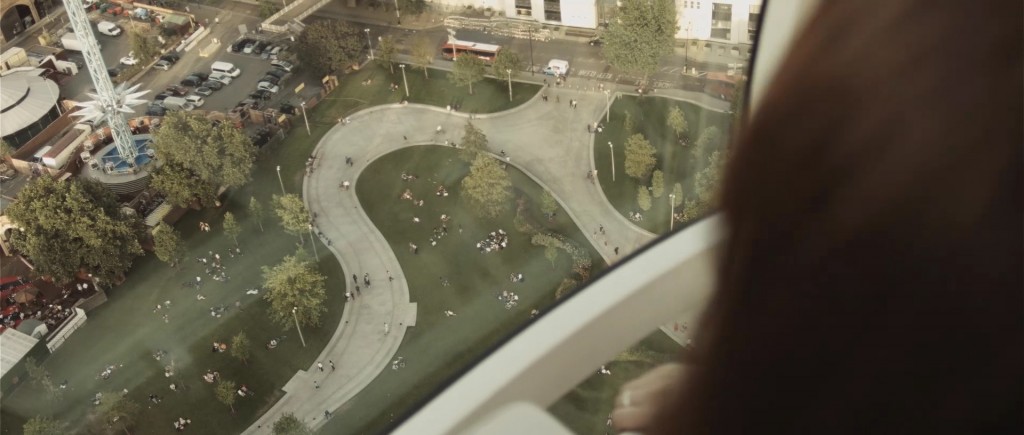
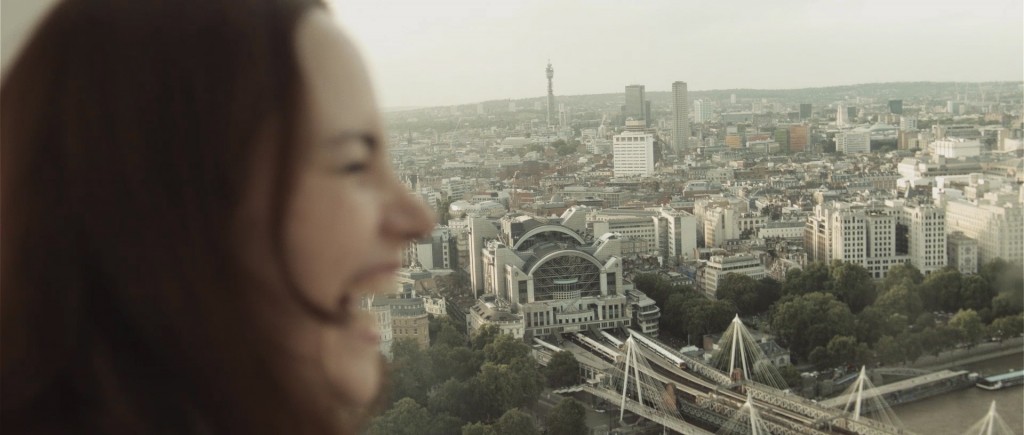
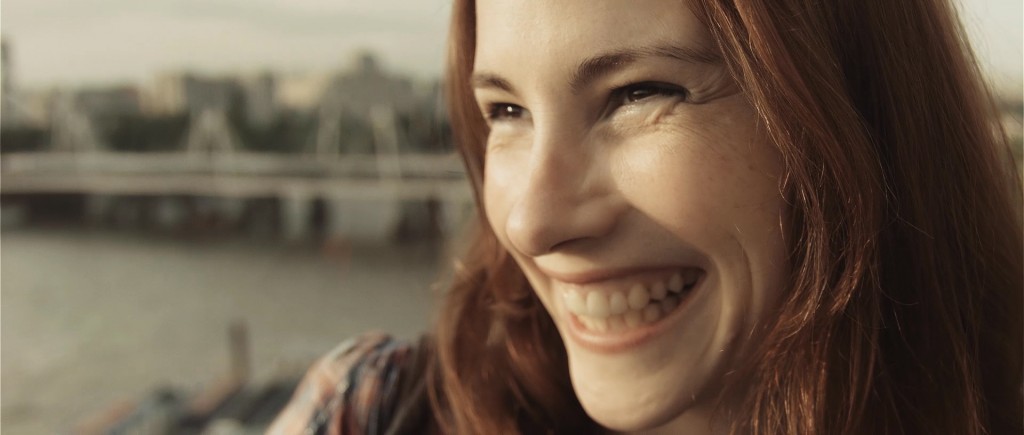
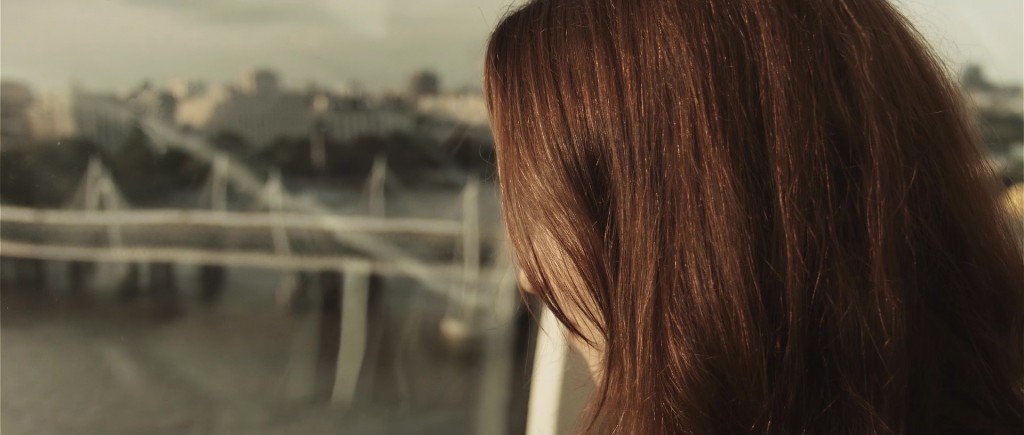
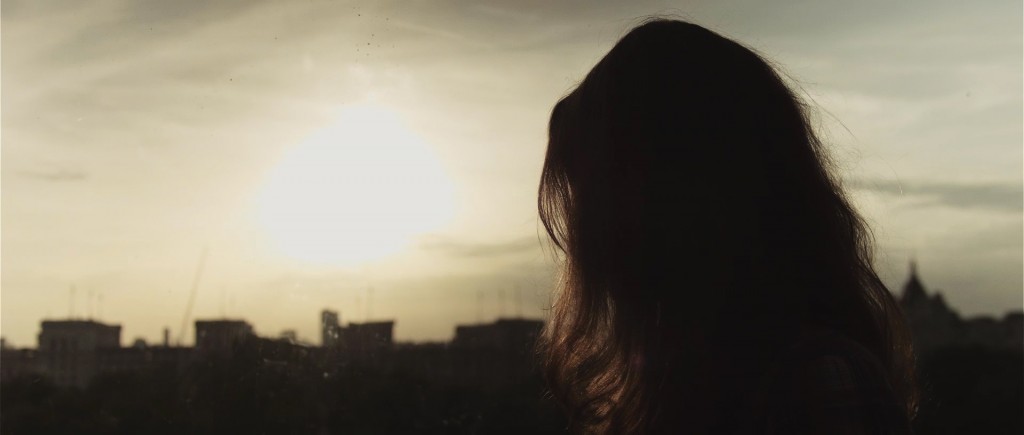
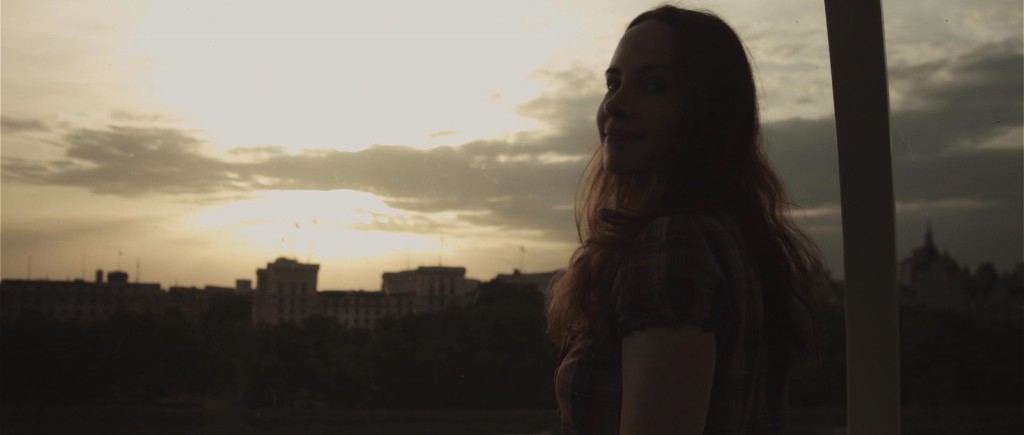
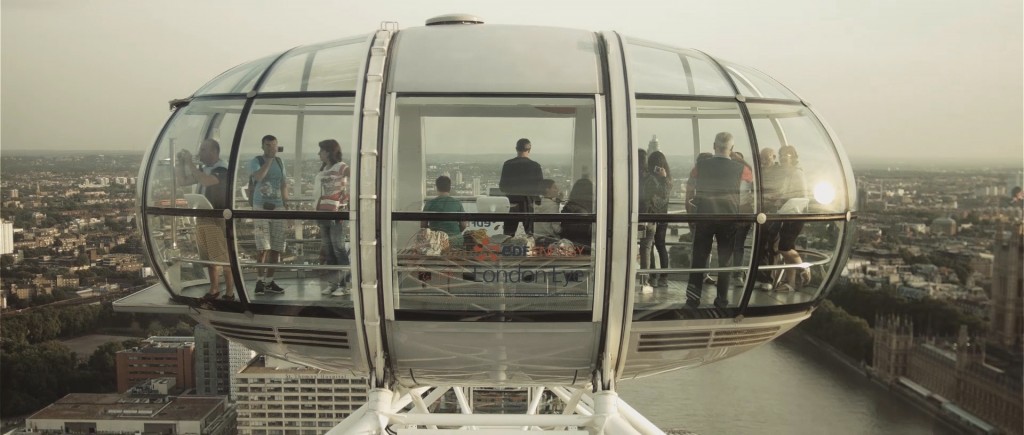
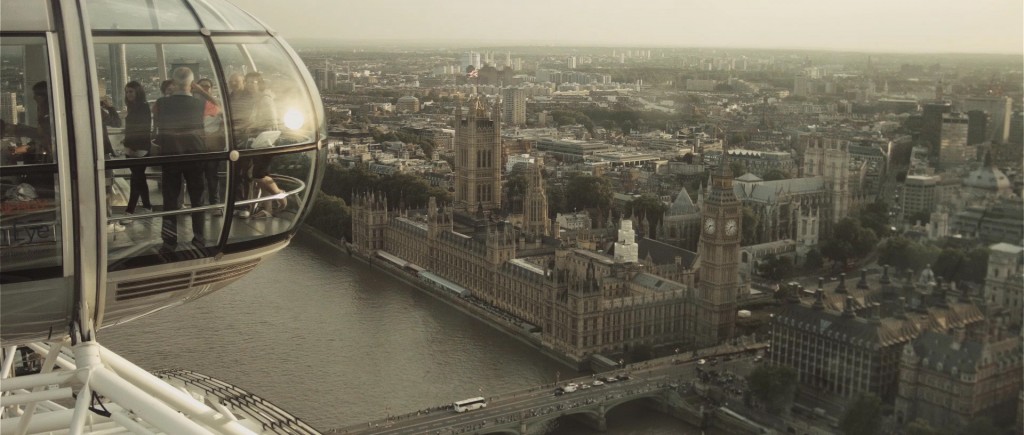






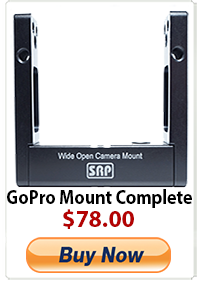



Pingback: Philip Bloom’s “Hiding Place”: Best of the BMPCC - canadarêve